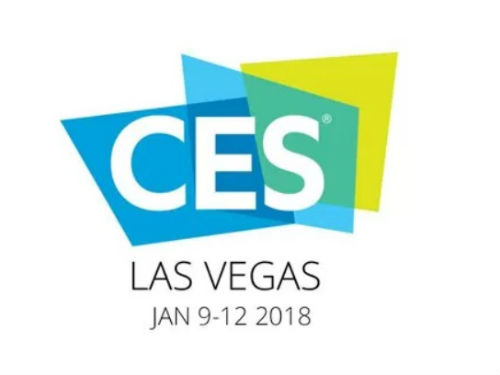CES 2018: Getting a Fix on Audience Fragmentation

Las Vegas – Thanks to the emergence of OTT and direct-to-consumer options, the viewing audience continues to fragment and put more and more pressure on the traditional TV world.
Though programmers and pay TV distributors must adjust to compensate for that trend, it doesn’t mean that consumers are watching less video, execs said here Wednesday during a CES keynote panel.
Read More: Complete coverage of #CES2018
Consumers are viewing that content in different places and on different platforms, and that is opening up the door to smart data that can help detect those patterns, said Kristin Dolan , the former COO of Cablevision Systems (now part of Altice USA) who is now CEO of 605 LLC, an audience and data analysts company.
“It’s more about platform-shifting than cord-cutting,” she said.
“Fragmentation is like gravity,” added Robert Kyncl, chief business officer of YouTube. "It just is…the internet ushered that into our world,” Kyncl added, noting that part of the answer is to super-aggregate content for the masses.
A&E Networks has also been witness to the impact of the internet on viewing habits. The top ten shows being viewed on its apps and owned and operated platforms aren’t the same as the top 10 shows that are being viewed on the programmer’s linear channels, Nancy Dubuc, CEO of A&E Networks, explained.
Multichannel Newsletter
The smarter way to stay on top of the multichannel video marketplace. Sign up below.
That, she said, creates an “enormous opportunity” to serve different viewers with different tastes and different needs.
For advertisers, Comcast is dealing with this trend in part by re-aggregating audiences that can be established and maximize the value of that content and still take advantage of the scale that TV represents, said Marcien Jenckes, president of advertising at Comcast Cable.
“The reality is that people are watching more video than ever before,” Jenckes said. “They are consuming the same content in different ways,” so Comcast must evolve its products to support that.
Macro, a media brand focused on the voice and perspective of persons of color, stays ahead of the fragmentation curve by being platform-agnostic, company CEO and founder Charles King said.
Dubuc said it’s also important not to stand still and let change run you over.
“We’re not in the business of today,” she said. “We’re always trying to guess -- or second guess -- what might be around the corner.”
Panelists also weighed in on how audience fragmentation is affecting the TV ad model.
That could mean everything from changing the ad format, making the ads more relevant and using more data to execute. “It’s a necessary thing that we’re going to have to react to and adjust to,” Dubuc said.
Distributors and programmers are also answering this with new ad-free options, such as recent ones Comcast has developed and launched with FX Networks and AMC Networks.
RELATED: Comcast Launches FX+
“I think you’ll see more experimentation,” Jenckes said.
Jenckes also stressed the importance of data and how a new “blockchain” partnership could help multiple parties tap into pools of different data that can help to garner key insights that are important when it comes to targeting ads to the right audience.
RELATED: Blockchain Technology Moving Into Cable, Advertising Sectors
Under that blockchain model, data holders control their own data, and keep it safe, but allow others to gain insights from it.
“It’s early days but think it’s needed for the industry to come together to break down silos on that data in a safe way,” he said.
YouTube, meanwhile, has been innovating with six-second bumper ads, and TrueView, an ad format where the OTT provider doesn’t charge advertisers if an ad is not viewed in its entirety.
“This year we’ll innovate on that [TrueView] even more,” Kyncl said. “We're trying to innovate in ways so that advertisers can get their messages across to all of these large audiences...but doing it in a way that is not viewed as friction."
